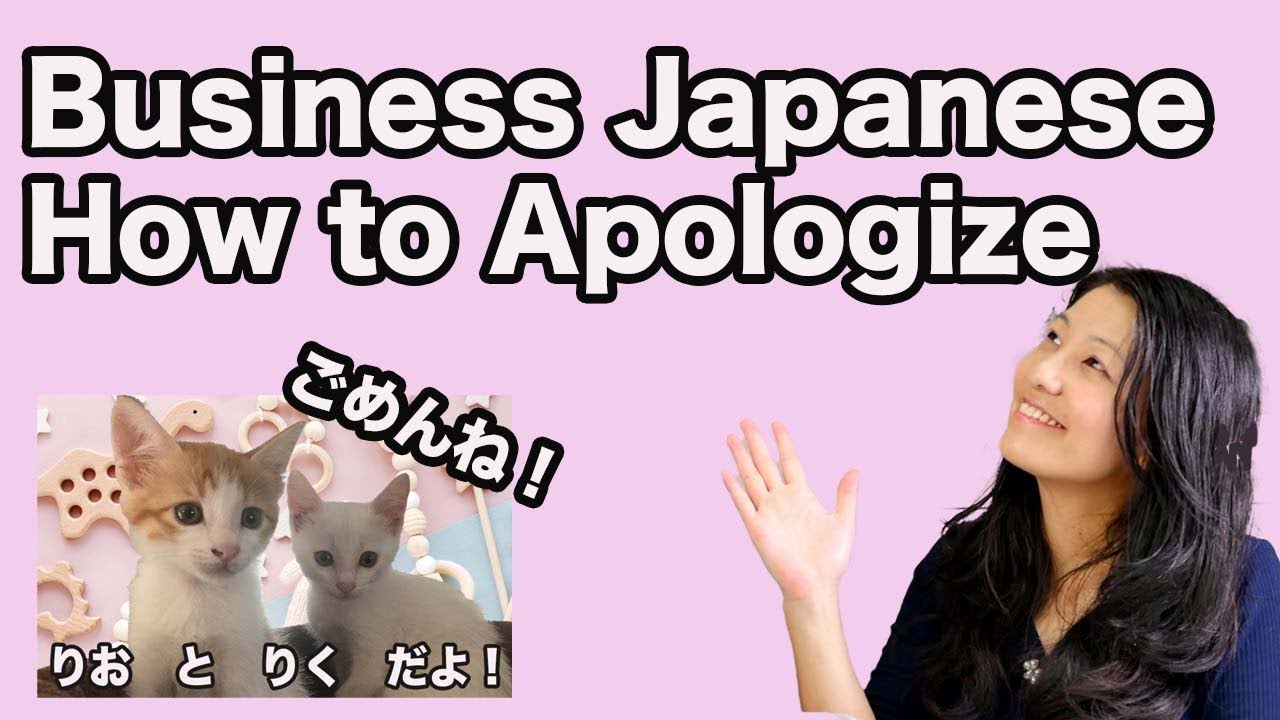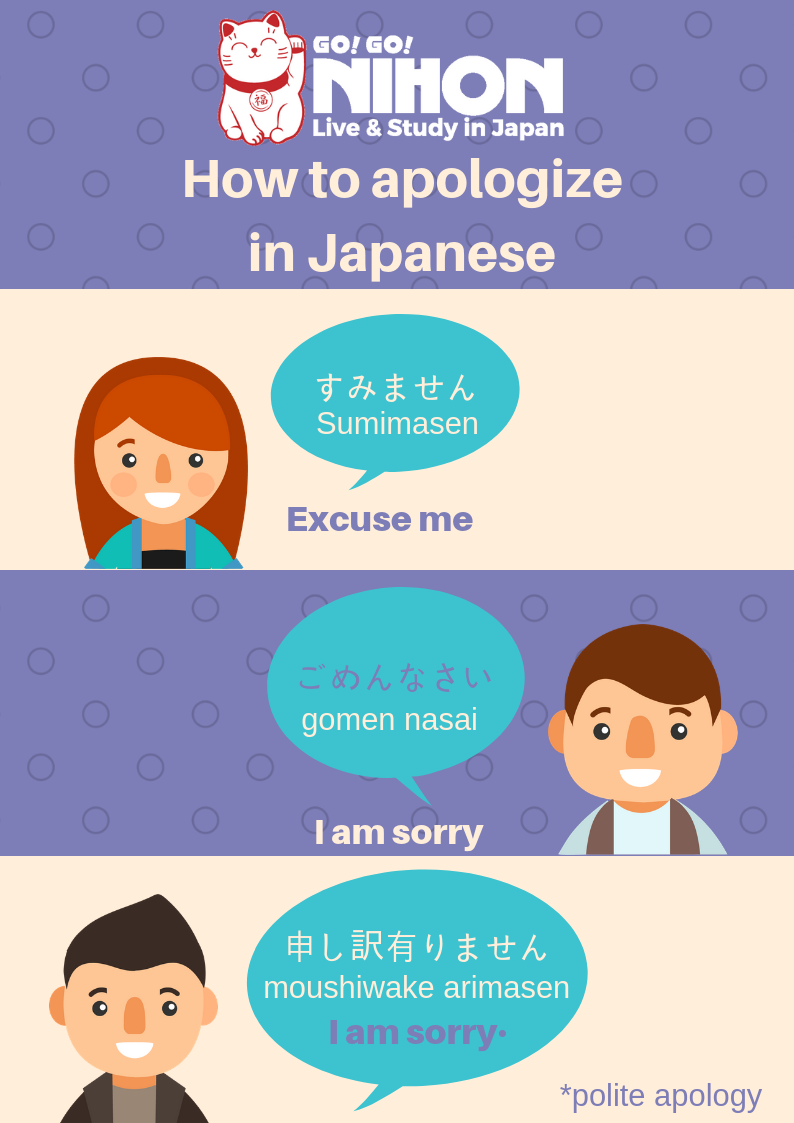How to Apologize in Japanese
At [Your Website Name], we understand the importance of cultural sensitivity and effective communication. In this article, we will delve into the art of apologizing in Japanese, a language known for its rich history and nuanced social customs. Whether you’re planning a trip to Japan or simply want to broaden your cultural horizons, mastering the art of apology in Japanese can go a long way in building meaningful connections and showing respect to the locals.
Understanding the Significance of Apology in Japanese Culture

In Japanese society, offering apologies is not just a formality; it’s a fundamental aspect of interpersonal relationships. Expressing remorse, whether for a minor inconvenience or a significant error, is deeply ingrained in their culture. To truly connect with the Japanese people, it’s essential to comprehend the different levels of apologies and when to use them.
Sumimasen (すみません) – The Everyday Apology
“Sumimasen” is perhaps the most commonly used Japanese apology. It’s an all-purpose term that can be translated to “excuse me,” “sorry,” or “thank you.” This versatile word is ideal for everyday situations like bumping into someone on the street or seeking assistance.
Gomen Nasai (ごめんなさい) – A Sincere Apology
When you need to express a deeper level of regret, “gomen nasai” comes into play. It’s a more sincere apology, suitable for situations where you’ve made a genuine mistake or caused inconvenience to someone.
Moshiwake Gomen Nasai (申し訳ごめんなさい) – A Formal Apology
For more formal and serious apologies, such as in business or official settings, “moshiwake gomen nasai” is the phrase to use. It conveys a profound sense of regret and responsibility.
The Art of Non-Verbal Apology

In Japan, non-verbal communication is equally important. Bowing is a customary gesture to show respect and convey an apology. The angle and duration of the bow can signify the sincerity of your apology. A deeper and longer bow generally indicates a more profound apology.
Cultural Considerations

Understanding the cultural nuances of apology in Japan is crucial. Here are some key points to keep in mind:
Face-Saving Culture
In Japan, saving face is of utmost importance. Apologizing not only acknowledges your mistake but also helps the other person save face. It’s a way of maintaining harmony in social interactions.
Timing Matters
Apologizing promptly is valued in Japanese culture. Delayed apologies can be perceived as insincere, so it’s essential to address issues as they arise.
Written Apologies
In formal settings, a written apology, known as a “shazai tegami,” may be required. This is a written statement of remorse that is often accompanied by a bow.
Conclusion

Mastering the art of apologizing in Japanese is a valuable skill that can greatly enhance your interactions with the local people and deepen your understanding of this fascinating culture. Remember that sincerity and respect are the keys to successful apologies in Japan.
For more insights into Japanese culture and language, stay tuned to [Your Website Name]. We’re dedicated to providing you with the most up-to-date information on various topics, including “How to apologize in Japanese.”
keys words
- say hello in japanense
- learn japanense online
- say thank you in japan 2024
- discovery japan 2024
- main airport in japan



0 Comments